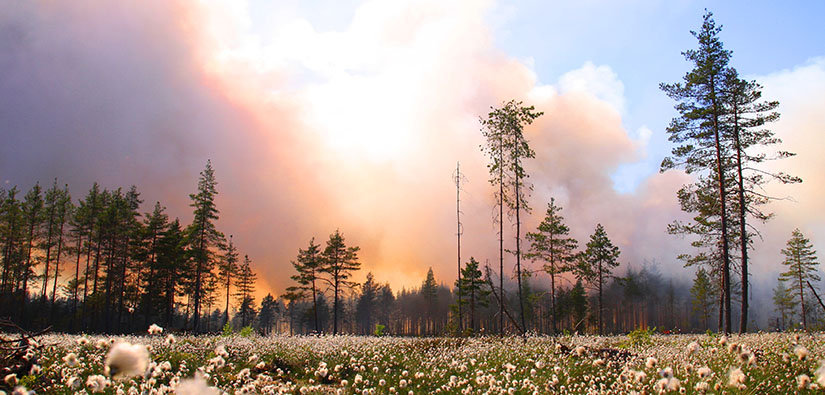Forest Restoration by Controlled Burning in the Light & Fire LIFE Project

Fire plays an essential role in the natural life cycle of boreal forests. Forest fires kill some trees immediately and harm others, which die in a few years. Some trees continue growing, having sustained little or no damage. During the few years following the fire, decaying wood emerges at different stages of decomposition in the forest, while new trees grow among those that survived.
The forest undergrowth also changes as the flora closest to the ground burn to varying degrees. Forest fires are now rare and usually contained in small areas, due to efficient fire fighting and prevention.
As part of the Light & Fire LIFE Project, restoration fires that mimic natural forest fires were be lit in 2015–2020. Forests were be burned on 37 Natura 2000 areas in Finland. More decaying wood of various kinds and a large number of tree species need to be introduced to these sites, which were used for forestry before becoming protected. This will also create habitats for insect and fungi species dependent on forest fires and decaying wood. Some species have become threatened due to fewer forest fires and efficient forestry.
More Information
Last updated 21 February 2022


